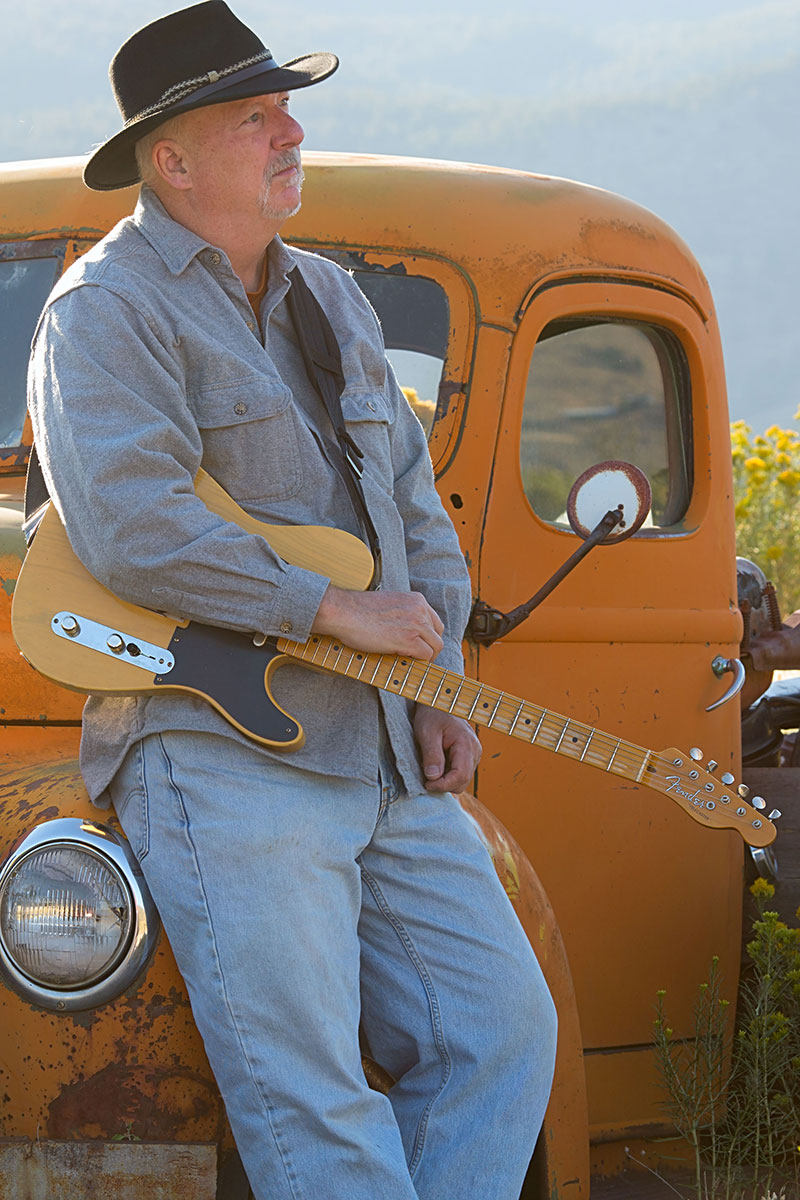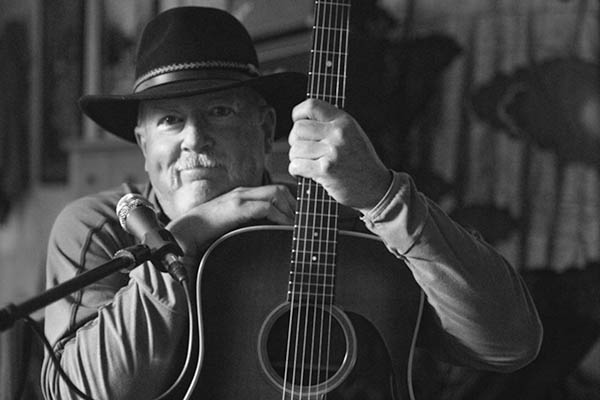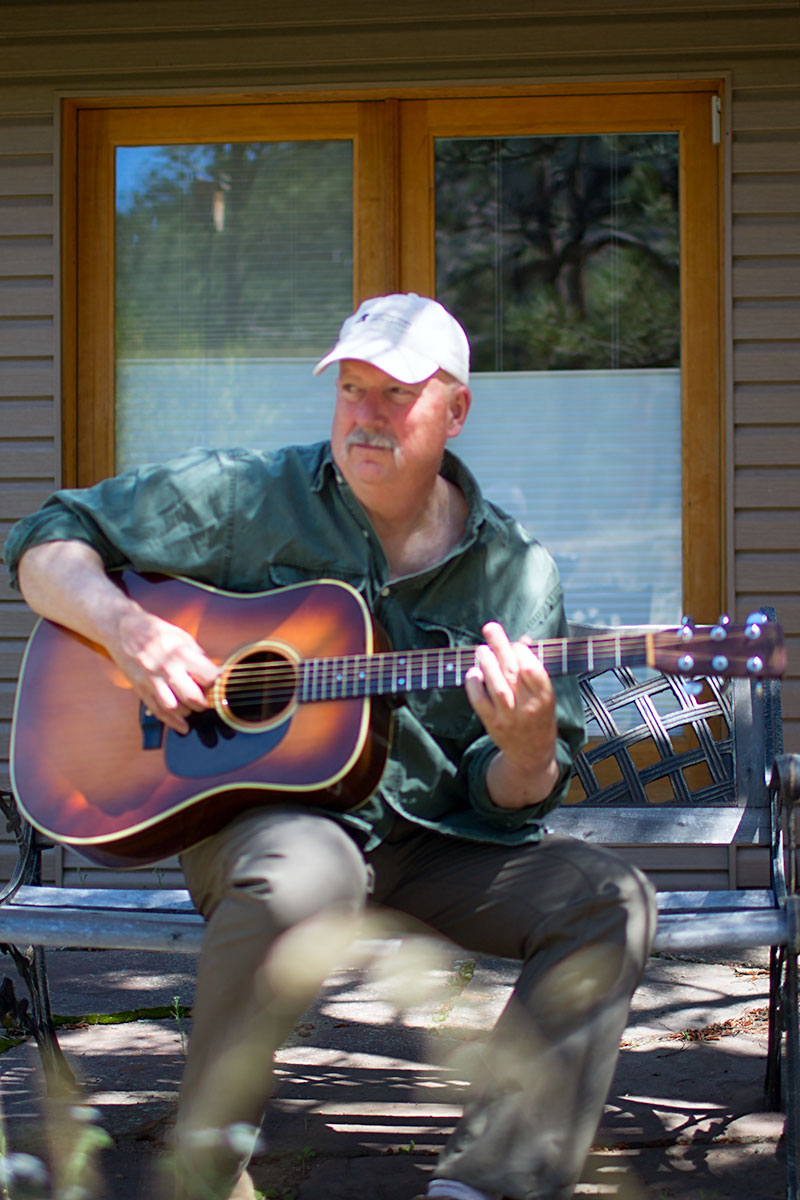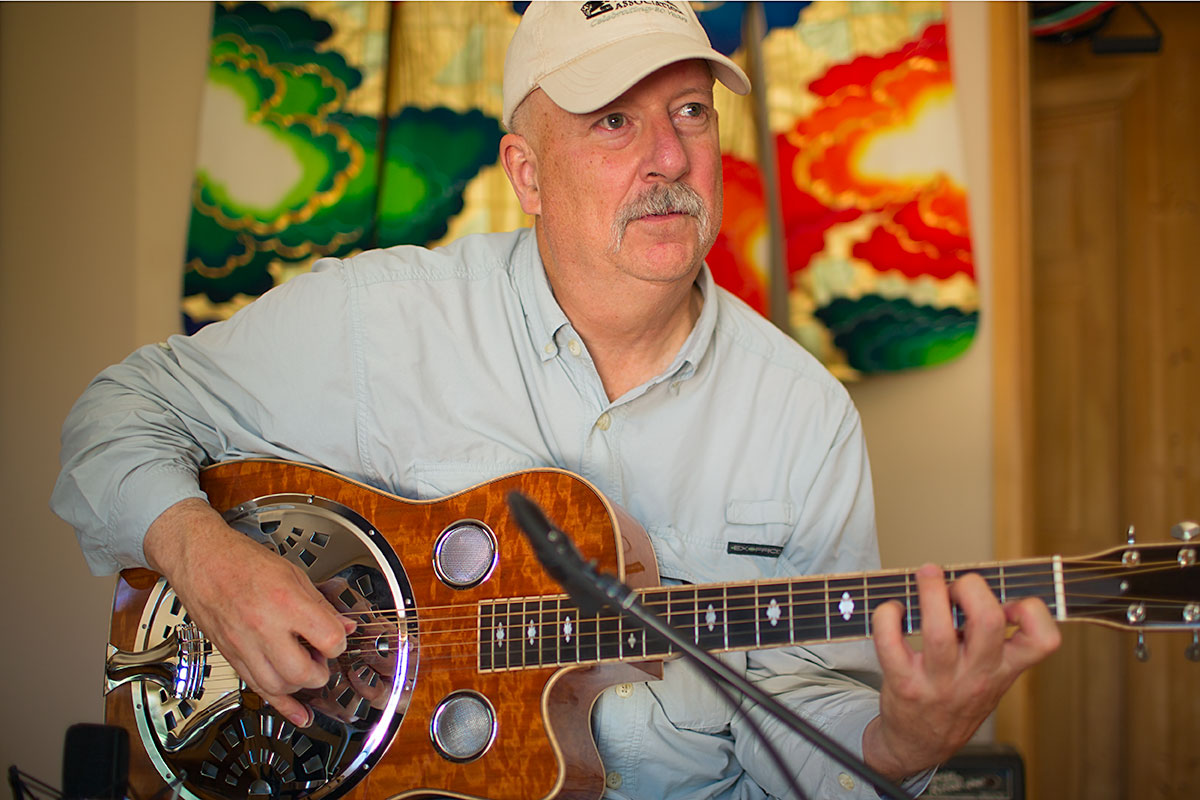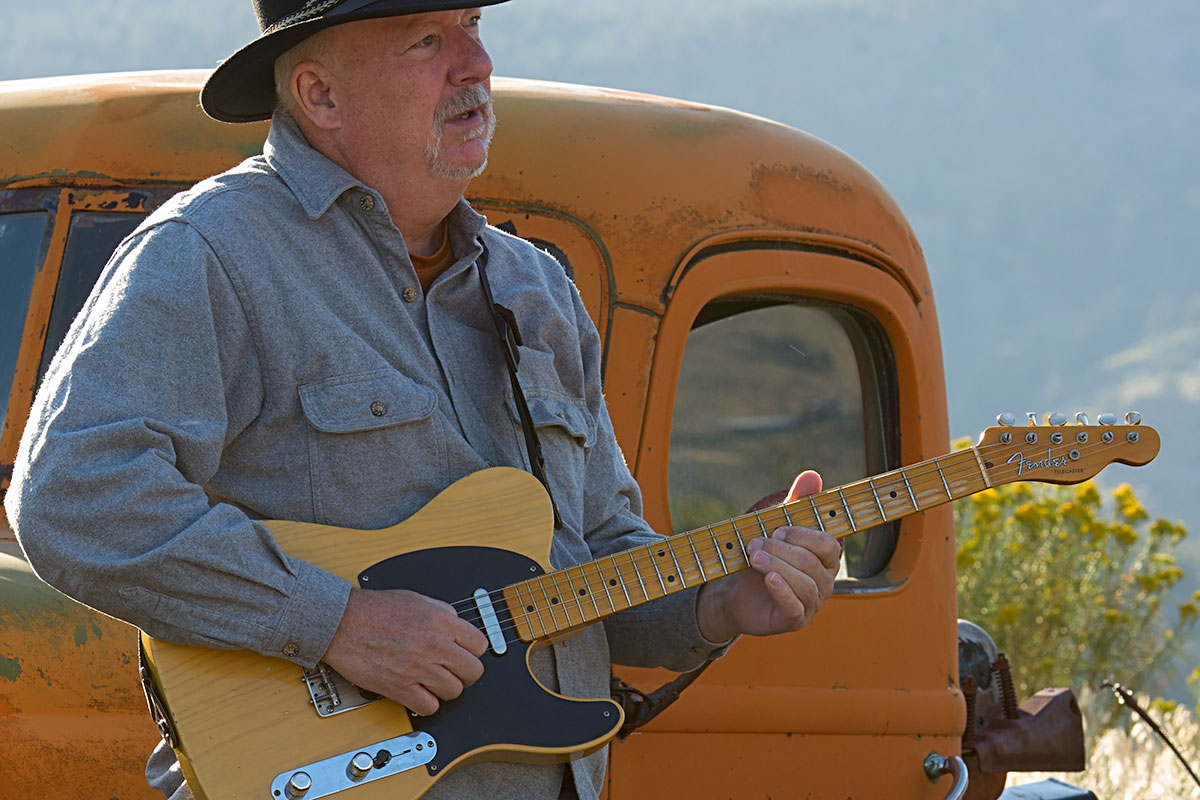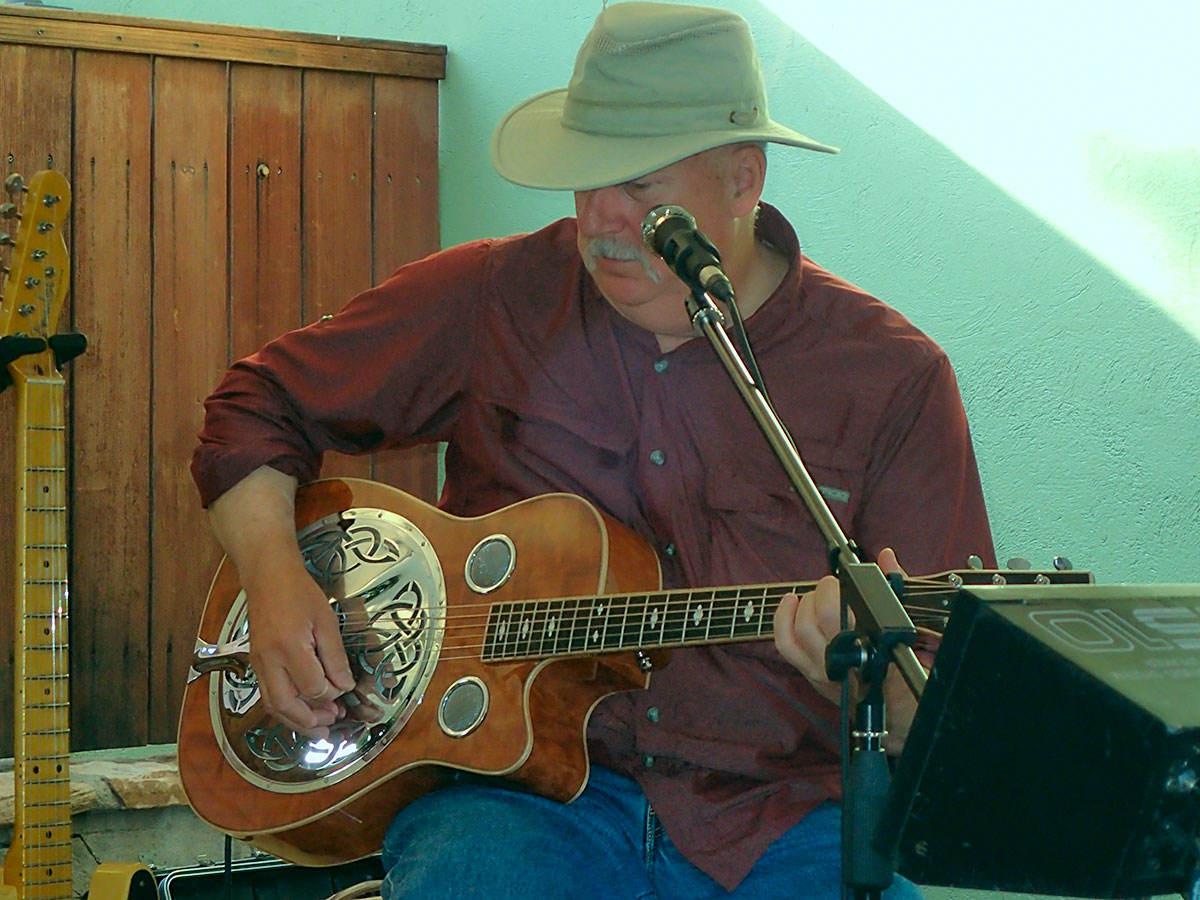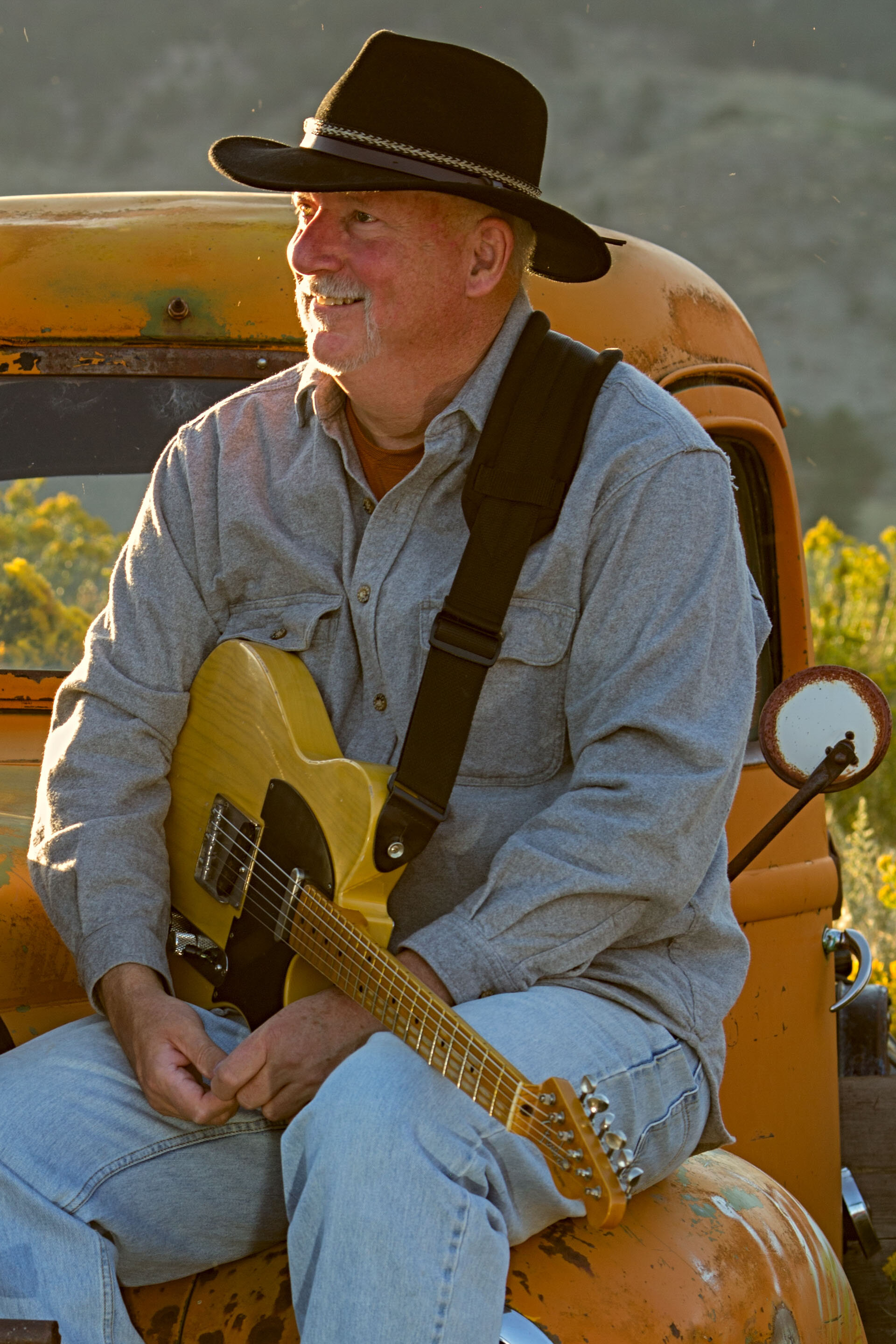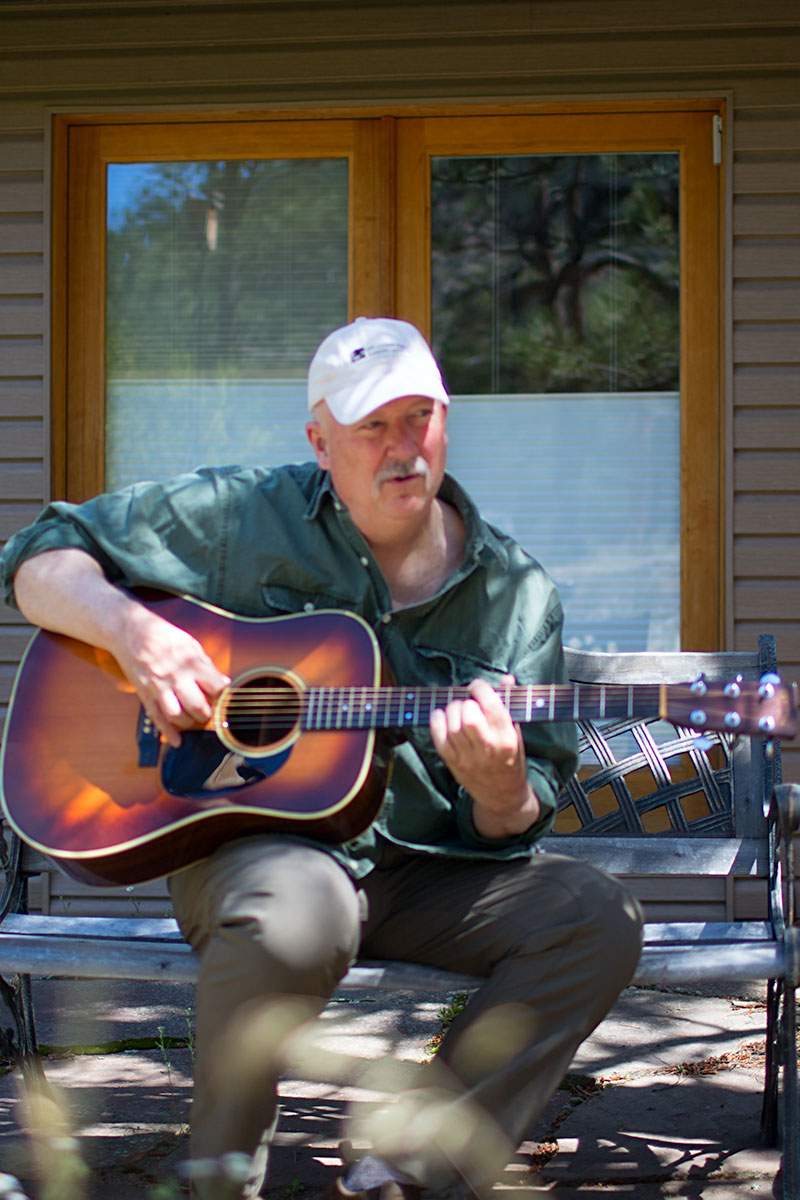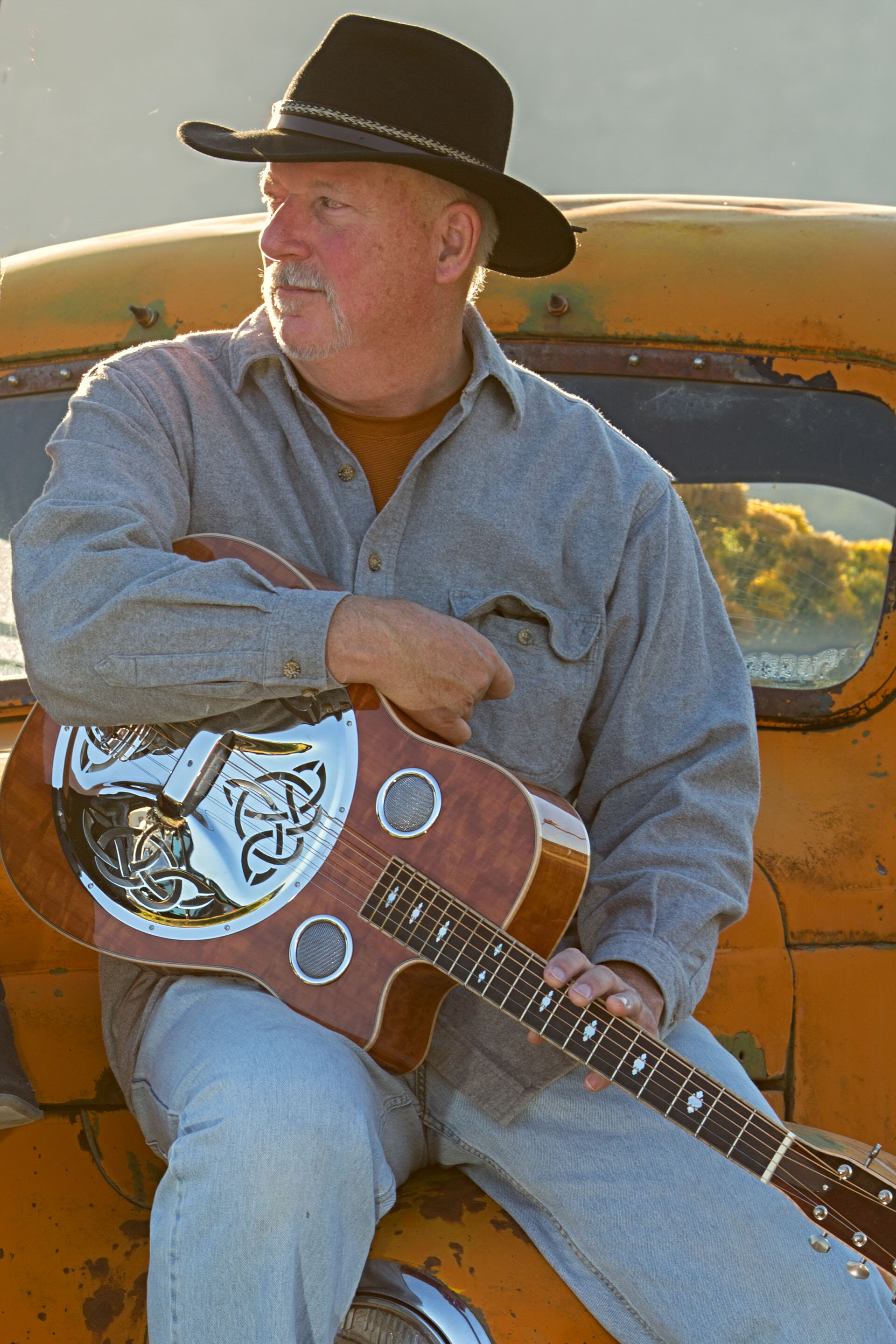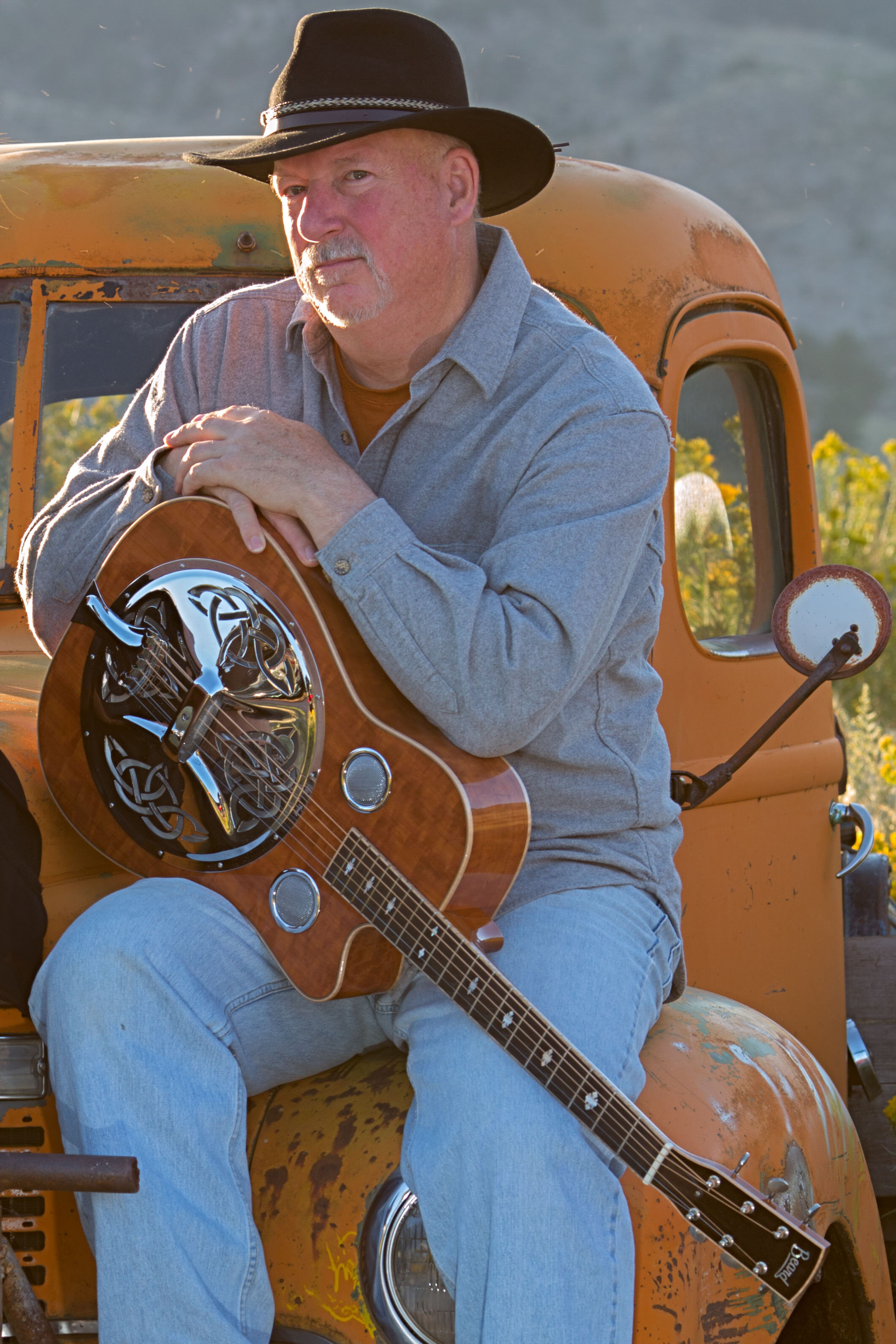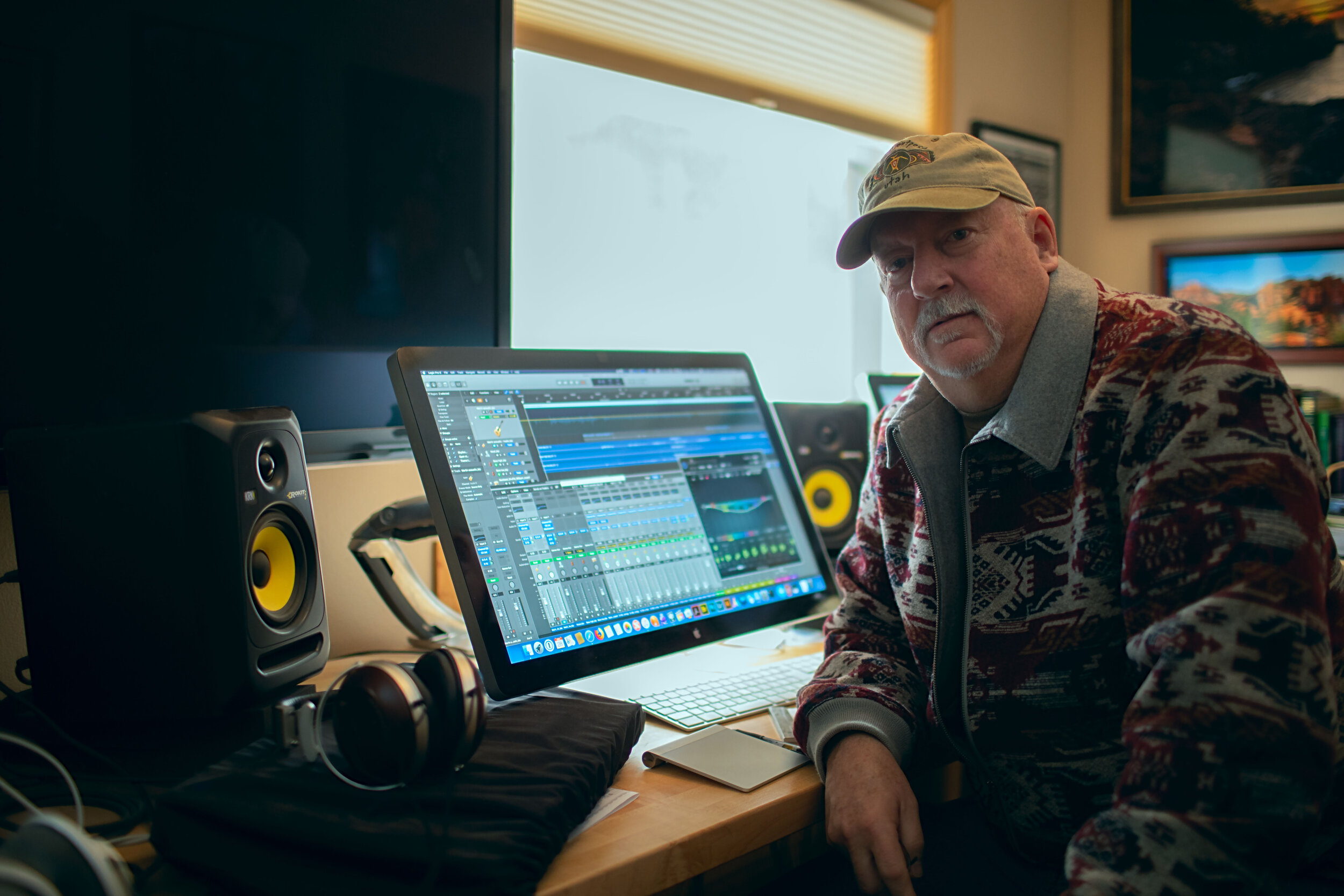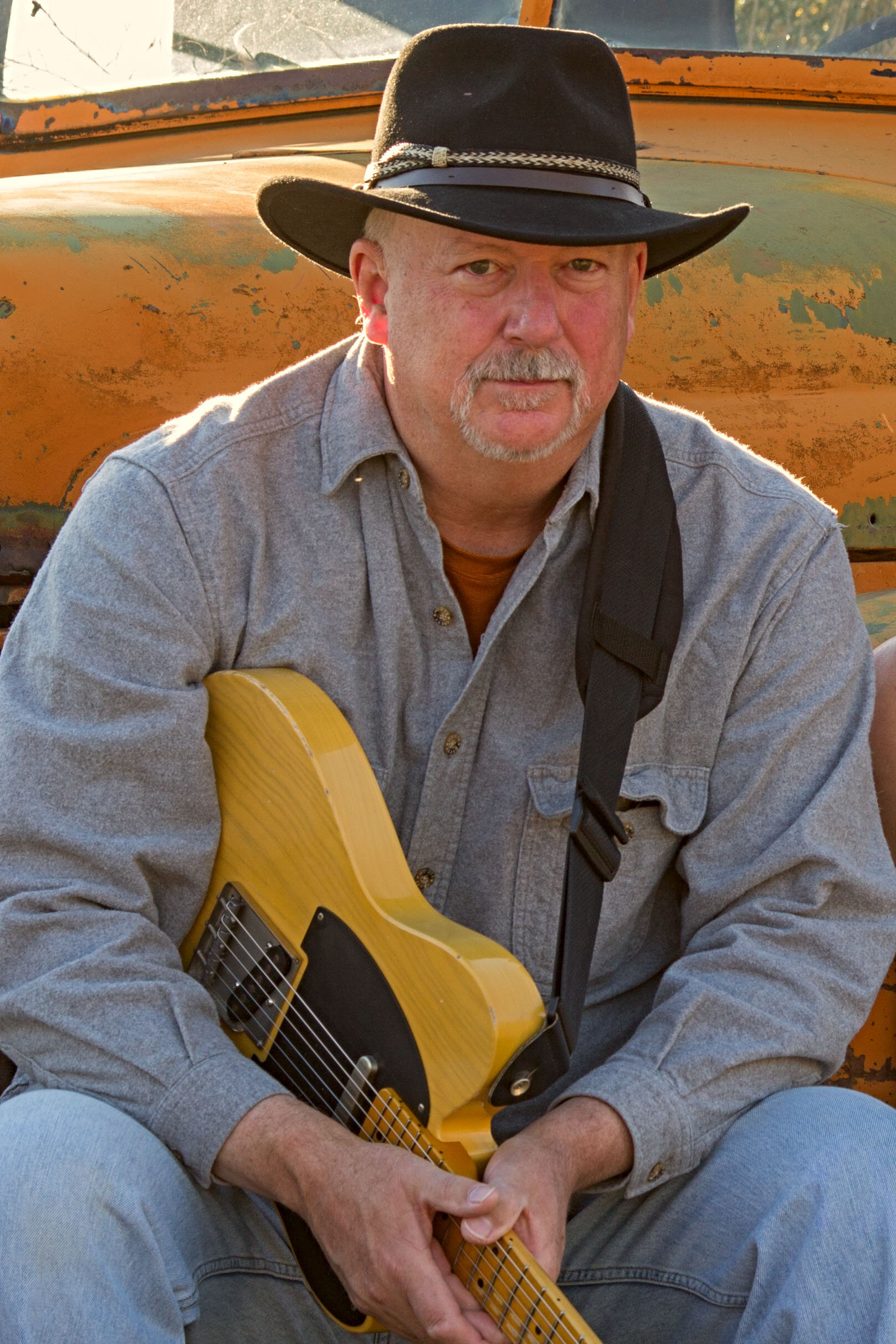Richard Mark Johnston
Based in the Front Range of Colorado's Rocky Mountains, Richard Mark Johnston ["Mark" to his friends] writes music for orchestra, smaller ensembles, guitar, and other instruments.
Mark's musical influences range from baroque composers - with Handel and Bach being particular favorites - to singer/songwriters like Jackson Browne and Bob Dylan - to Celtic, Folk, Rock, Jazz, and Bluegrass - and back to classical orchestral composers like Wagner and Holst.
Having lived about a third of his adult life in Japan with extensive travel throughout Asia, Mark has soaked up sonorities of eastern cultures - as reflected in compositions like "Amagisan Doro" and "Rain on the Tarn" with their plucked strings and wooden flutes.
"I've really been able to appreciate a lot of different styles of music, and I don't really care too much about what is at the 'top of the pops'", he says.
"It is fortunate that there are tools now that allow artists to make high quality recordings without having a record deal or financing from somebody else who wants to tell you what music to make."
"I enjoy composing for a big orchestra with its huge palette of sounds, but I also get a kick out of writing guitar tunes that I can share around the circle at a bluegrass jam."
"To me the best music transcends melody, rhythm, and lyrics. It gets underneath language and culture and reaches the listener's heart and mind in a way that is ephemeral and yet powerfully emotional. It creates a connection between the writer and the listener that cannot be translated into words but can be strong and specific."
"It makes you feel things."
Solidarity with the people of a free and independent Ukraine
February 2022
I wrote this composition to express my support for and solidarity with a free and democratic Ukraine.
You are welcome to download and share for personal use with the only restriction being that it may not be used as part of another work of audiovisual art without permission. I encourage you to share it, and to contact your government representatives to express your support for Ukraine and your opposition to the invasion of a sovereign country by the dictator tyrant Vladimir Putin.
The human voices are from the Estonian Philharmonic Chamber Choir of Tallinn as recorded by Orchestral Tools. The nightingale singing was recorded May 07 2009 near Muenster, Germany by Guido Gerding and is licensed under the Creative Commons Attribution-Share Alike 3.0 Unported, 2.5 Generic, 2.0 Generic and 1.0 Generic license.
Updated 26 Aug 2022
Slide show: images of people, places, and things from Ukraine.
After living with my original version of the composition titled, “For the People of Ukraine”, I felt that it would benefit from some small tweaks - both the the musical parts themselves, and to the mix. So I am releasing this modified version. And while I recommend that the best way to appreciate some types of music is to just find a safe and quiet place, close your eyes, and let the music take you on its journey, I also realize that many of the platforms for sharing music include - or even require - some sort of accompanying visual media. So I have gathered up some free imagery of people, places, and things related to Ukraine and made a sort of slide show to go with the music.
DOWNLOAD ‘For the People of Ukraine’
You need not enter your name or email address, unless you’d care to be informed when I release new music.
You can help Ukraine: see this article by Timothy Snyder: ‘A Few Ways to Help Ukrainians’.
Another update: “Susquehanna”
I’ve been going back to compositions I released several years ago and updating them with new instrument libraries and new mixes. I have learned a lot since I released “Susquehanna” back in 2014. I have re-orchestrated it with the excellent libraries from Orchestral Tools, and remixed and re-mastered as well.
“Susquehanna” is an orchestral piece that features a vintagre 1928 Steinway grand piano, accompanied by strings, horns, and woodwinds. It is arranged to follow a river as it develops from a seep to a spring to a creek to a powerful flowing entity that eventually dissipates into the sea.
The new version is available here.
山陰影 “MOUNTAIN SHADOW”
February 2022
I truly live in the shadow of a mountain.
Its summit at about 7500’ MSL is 700 feet above my elevation and three-quarters of a mile away on a bearing slightly south of east: in the perfect spot to block the sun when it’s low in the sky during winter. This time of year the sun doesn’t really seem to rise - it rather slides off the south shoulder of that mountain - which as far as I know holds no official title - and skims above the tops of the ponderosa pines before hunkering down behind the ridge to my southwest that carries Button Rock.
In the summer when some shade would be more welcome, the mountain provides none. The sun gets high enough into the sky way down the valley to the east and easily clears the mountain top - and the ponderosas - and sails overhead, seeming to almost circle back to where it started before setting.
We’ve still got a few months of cold and snow - climate change notwithstanding - here in Colorado, with May being the only month where I couldn’t get up the driveway (in two different years) because of deep snow.
So for now, I watch the sun roll of the side of that mountain a little higher every morning, until it finally starts to clear the top sometime in April as I recall. And in the meantime, the most recent musical composition is titled with a hat tip towards that hulking mound that dominates the sun for most of the year.
‘Yama In-ei’ combines the Japanese ‘kanji’ characters (of Chinese origin) for ‘mountain’ [山] followed by [陰] which by itself can mean ‘‘shade”, “negative”, and “secret”, and [影] whose stand-alone meanings include “shadow”, “silhouette”, and “phantom”. In the Japanese language the latter two characters together as ‘in-ei’ [陰影] mean either the physical phenomena of “shade”, “shadow”, “shading”, and “gloom”, or the abstract “nuance” - as in “shade of meaning”, or “subtlety”.
The musical composition ‘Yama In-Ei’ is orchestral in arrangement with a full string section, some woodwinds, a brief appearance from the brass section, and some percussion and even a vibraphone.
Here are some excerpts. I hope you enjoy listening to them. The full six-and-a-half minute track will be available here for download some time soon.
The mountain in question.
Spring Snowfall - March 2020
The tune is called “Vocolore” and features the voice of Uyanga Bold accompanied by grand piano and string quartet. I haven’t released the music yet.

